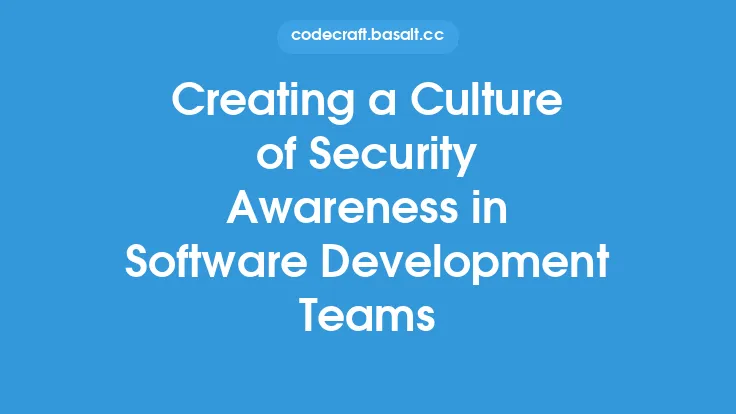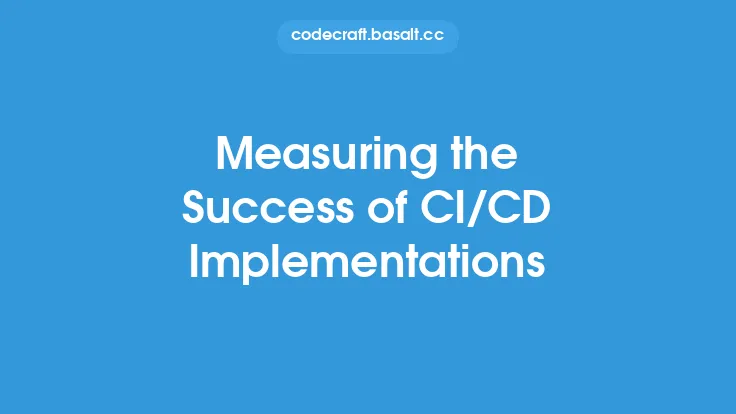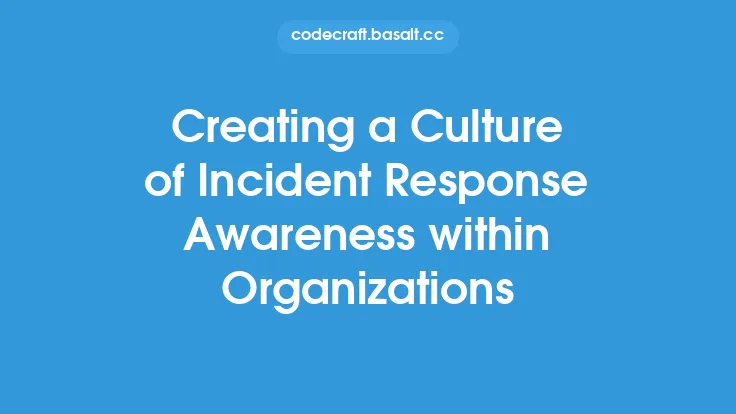In the realm of software engineering, the pursuit of excellence is a continuous journey. As technology advances and user expectations evolve, the need for efficient, reliable, and high-quality software development processes becomes increasingly important. One key approach to achieving this is by fostering a culture of continuous improvement through Continuous Integration and Continuous Deployment (CI/CD). This methodology is not just about adopting tools and processes; it's about embedding a mindset that values ongoing learning, adaptation, and refinement within the development team.
Introduction to CI/CD
CI/CD is a set of practices that aim to improve the speed and quality of software releases by automating the build, test, and deployment of software. Continuous Integration involves integrating code changes into a central repository frequently, usually through automated processes that trigger builds and tests upon code check-ins. Continuous Deployment takes this a step further by automatically deploying the code changes to a production environment after the build and test stages. This approach ensures that software is always in a releasable state, reducing the risk and time associated with software releases.
Building a Culture of Continuous Improvement
Creating a culture of continuous improvement requires more than just the implementation of CI/CD tools and processes. It demands a shift in the mindset and behaviors of the development team, emphasizing collaboration, transparency, and a relentless pursuit of excellence. This culture is built on several pillars:
- Feedback Loops: Encouraging feedback from both within the team and from external stakeholders. This feedback is crucial for identifying areas of improvement and measuring the effectiveness of changes.
- Experimentation: Fostering an environment where experimentation is encouraged. This allows teams to try new approaches, learn from failures, and adapt to changing requirements.
- Learning and Development: Investing in the continuous learning and development of team members. This ensures that the team stays up-to-date with the latest technologies and methodologies, enabling them to contribute to the improvement process effectively.
- Collaboration: Promoting cross-functional collaboration. CI/CD is not just about the development team; it involves operations, quality assurance, and other stakeholders working together towards common goals.
Technical Implementation of CI/CD
The technical implementation of CI/CD involves several key components:
- Version Control Systems (VCS): Tools like Git that manage changes to code, allowing multiple developers to collaborate on the same project.
- CI/CD Tools: Platforms such as Jenkins, GitLab CI/CD, and CircleCI that automate the build, test, and deployment process. These tools can be configured to run tests, compile code, and deploy to various environments automatically.
- Automated Testing: Incorporating various levels of automated testing (unit tests, integration tests, UI tests) to ensure the quality and functionality of the software before it reaches production.
- Infrastructure as Code (IaC): Using tools like Terraform or AWS CloudFormation to manage and provision infrastructure through code, ensuring consistency and reproducibility of environments.
Overcoming Challenges
Implementing CI/CD and fostering a culture of continuous improvement is not without its challenges. Common obstacles include:
- Resistance to Change: Team members may resist adopting new practices and tools, especially if they are comfortable with existing methods.
- Technical Debt: Legacy systems or poorly designed architectures can make it difficult to implement CI/CD practices effectively.
- Cultural and Communication Barriers: Siloed teams, lack of communication, and different priorities can hinder the collaboration required for successful CI/CD implementation.
Best Practices for Sustainability
To ensure the long-term success and sustainability of CI/CD practices, several best practices should be adopted:
- Start Small: Begin with a small pilot project to test processes and tools before scaling up.
- Monitor and Measure: Use metrics and monitoring tools to assess the effectiveness of CI/CD practices and identify areas for improvement.
- Continuously Evaluate Tools and Processes: Stay updated with the latest tools and methodologies, and be willing to change or adapt processes as needed.
- Foster a Community: Encourage knowledge sharing, both within the team and with the broader community, to leverage collective experience and expertise.
Conclusion
Creating a culture of continuous improvement through CI/CD is a transformative journey for software development teams. It requires a deep understanding of the principles and practices of CI/CD, as well as a commitment to ongoing learning and adaptation. By embracing this culture, teams can deliver software faster, with higher quality, and in closer alignment with user needs. As the software development landscape continues to evolve, the ability to adapt, improve, and innovate will be crucial for success, making the adoption of CI/CD practices an essential strategy for forward-thinking organizations.





